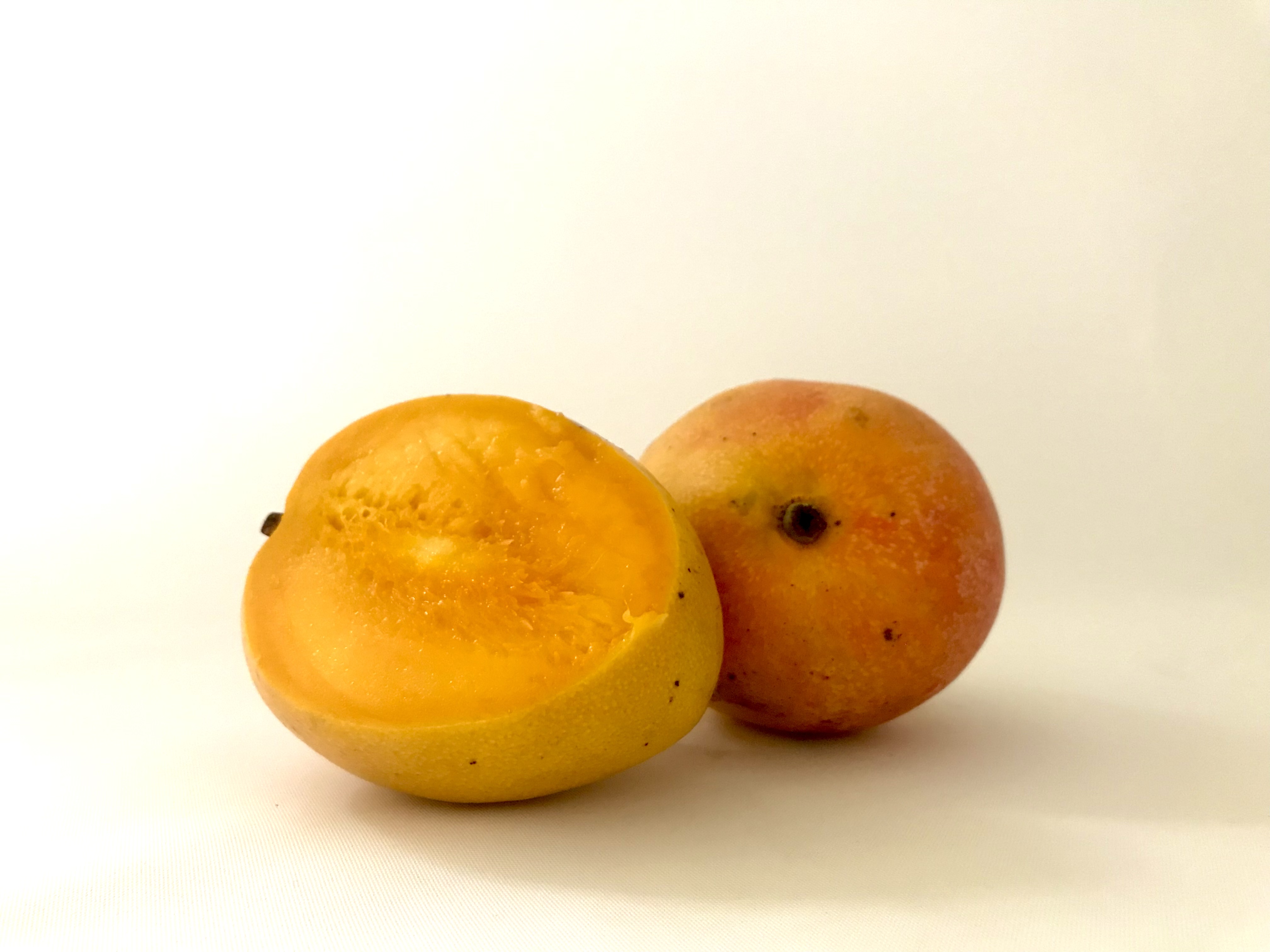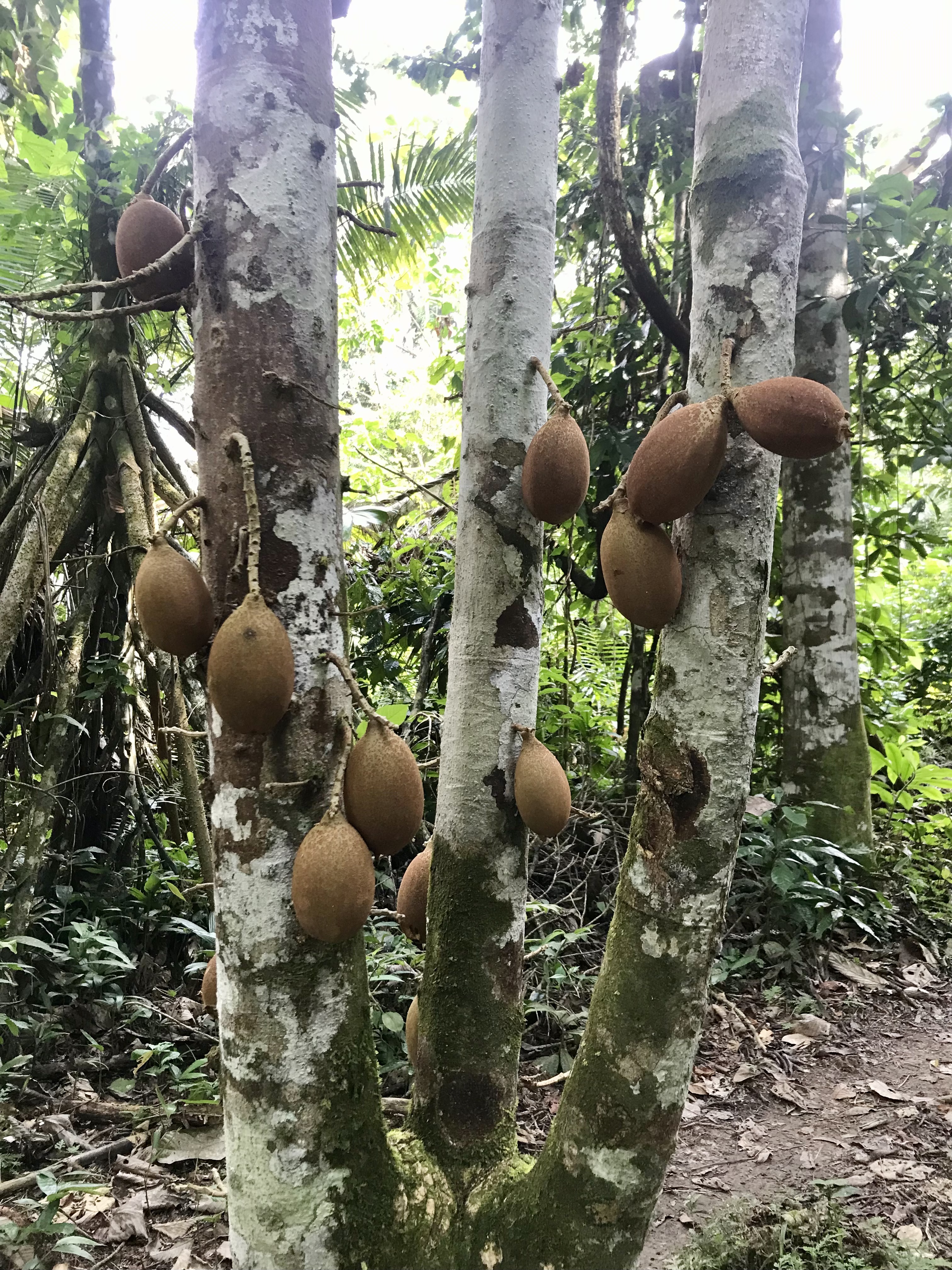
We all know those pills, creams, eyedrops, and nosesprays—those'solutions' when things have gone wrong with your health. Many of them are purely synthetic, meaning they are not made from compounds found in the natural world. They are created in laboratories by humans.
But, did you know that many of these medications are based on compounds found in plants? Modern medicine is based on ancient plant and folklore.
Herbs and food are therefore medicines and do not have those side effects that synthetic medicine has. And besides this, a proper diet is one of the most potent preventative medicines we have.
To function well, our body needs the right nutrients in the right amounts (and to stay away from toxins). When the body has what it needs, it can produce the required energy to deal with free radicals and eliminate those germs from our environment that have entered our body. If this energy is lacking, for example, because of a deficiency in iron or magnesium, then the body's strength to protect itself is less. And then the possibility of getting ill is bigger.
Food and also herbs contain these nutrients, which, besides providing energy, have other very important functions in our bodies. And this is why food is medicine. This is why one of the world's sweetest and most delicious fruits is a medicine too: mango!
Which health benefits does mango provide?
Mango has a good bunch of nutrients, minerals, vitamins, and phytonutrients, which some also like to call medicinal compounds. I can definitely advise you to add mangoes to your diet! Let's take a look at why...

This is the most beautiful mango tree in our area, it grows in the village that is next to our permaculture center. Unfortunately it doesn’t have any fruits at the moment. Mango trees are evergreen and the cashew tree is a family member. Both trees belong to the Anacradiaceae family. Mangos are not native to our region. They come from southern Asia and have been introduced in many other tropical regions.
Carbs for energy and fibre for easier number 2s
Mango contains a good amount of carbs (15%), a tiny bit of protein and fats, and a nice amount of fibre.
Carbs are a good source of energy, as the body can easily convert them to glucose. Fibres are also carbohydrates, but these the body cannot break down. They pass through our digestive system more or less unchanged, but they are very important because they add volume to our stool. When our poop, our waste products, have more volume, it is easier for us to push them out. Thus, fibre helps us poop. And pooping is very important! We need to get those waste products out, or our bodies will succumb to toxicity.
Next to this, fibre also helps reduce the levels of cholesterol in the blood, which lowers the risk of cardiovascular disease.
A mango provides between 62 and 190 calories per 100 grams. Why this range of difference? There are different mango species, and the contents of each species vary.
Also, on one mango tree, not every fruit has the exact same nutrient content. Hurt branches, sun exposure, and nutrients in the soil all play their part in how much nutrients specific trees and fruits get. We'll talk more about this another time soon.
Vitamins and minerals for energy, detox, healthy hair, and much more
The contents below are all calculated based on 100 grams of mango pulp. The most common mangos usually weigh around 200 gr, peel and seed not included.
Magnesium for energy, balance, and detoxification
In a 100 grams of mango pulp, we can find about 8 to 19 mg of magnesium. This mineral is needed to synthesise a bunch of enzymes in our body, some of which are involved in the process of detoxification. Mango's magnesium thus supports our body's natural mechanisms of cleansing itself.
Many enzymes also need magnesium to be able to do their job. One of them is the sodium pump that is needed to keep our body's cells' inner environment in balance. Without this balance, energy production and utilisation occur with less efficiency. To have loads of energy, magnesium is needed.
The sodium pump, pumps sodium out of our cells. By keeping sodium in check, this magnesium helps us to prevent or reduce high blood pressure and all the risks associated with it. So thank you, mango for providing us with magnesium!
Potassium for our blood pressure
We can find 120 to 211 mg of potassium in our portion of mango.
Potassium also greatly benefits energy production and all metabolic activities happening in our cells, as enzymes simply function better in a potassium-rich environment.
A higher level of potassium also lowers the level of sodium. And so, this is another mechanism by whch mango supports a healthy blood pressure.

This is where our mango trees grow. We call this a Chacra Integral. It holds not only mango trees, but many other species as well. It is the opposite of a monoculture, which creates more resilience against pests, a more divers diet for us and, if we wish to sell, we have income all year round for not being dependent on one crop alone.
Mango's vitamins
The antioxidants for anti-ageing effects
Mangos are a great source of antioxidants like Vitamin C and E and beta-carotene, which our body converts to Vitamin A.
These antioxidants protect cells from damage done by free radicals. These are, simply put, molecules that aren't surrounded by the full amount of electrons that they could have. Because of this, they can bind with other molecules, using their electrons to fill up. These reactions can damage parts of our cells, like their DNA, which can, in the end, destroy the cell. Then ageing and disease can kick in.
Vitamin A is really good for our hair, skin, eyes and helps prevent night blindness. It has some anti-infectant properties and can stimulate gene expression, meaning that it supports the process of cell differentiation.
Vitamin C helps to synthesise collagen, which gives our skin its tensile strength. It strengthens our immune system and, in fact, is so important for us that if we don't have enough of it, we get scurvy and die when left untreated.
Our portion of mango gives us about 54 mcg of vitamin A, 13 to 92 mg of vitamin C, and 0.79 to 1 mg of vitamin E. This is a nice amount of beneficial goods that a single fruit can supply.
Medicinal magic
Mangos have some awesome medicinal compounds that, amongst other things, have anti-inflammatory properties, support eye health, lower the amounts of fat in the blood, and thereby lower the risk of diabetes, and they protect against certain types of cancer.
Some of the health effects of these compounds are still being studied to be fully understood, but the above have been confirmed in multiple studies for compounds like zeaxanthin and magniferin.
The biggest amount of these is not found in the fruit, but in the peel and leaves, and also in the tree bark, which is full of healthy stuff. Still, eating a mango gives you some of this magic that will certainly contribute to good health.
Did you know..
The smallest mangos are about the same size as plums. Here in the Loreto region of the Peruvian Amazon, a green mango the size of a child's fist grows. They call it "Chico Rico," which translates to tasty guy.
In the Ayurvedic medical system, mango is considered an herb. For millennia, various parts of the whole tree have been used for different purposes. For example, to treat snakebite, stings, datura poisoning, heat stroke, blisters, wounds in the mouth, colic, diarrhoea, indigestion, bloody dysentery, liver disorders, excessive urination, tetanus, and asthma. It is used as a detifrice, an antiseptic, a tonic, can help detoxify the liver, and much, much more!
Conclusion
Mango is definitely awesome! It supports the health of skin and hair, helps reduce ageing by protecting us from free radicals. It supports energy production and processes of detoxification, as well as a healthy balance between macronutrients in the cells of our body.
Next to that, mangos help protect us from various nasty conditions like diabetes and cardiovascular disease.
Unfortunately, the mango season is coming to an end in my region, but luckily we still have some bananas and loads of papayas growing that are also greatly beneficial to our health and very, very tasty!

And to mix things up a bit they called this species a Sachamango. It’s not a mango. Sacha means “pseudo” or “wild”, it is a member of the Lecythidaceae family. The fruit is edible and other parts of the tree are used for medicinal purposes.
Sources
https://www.ncbi.nlm.nih.gov/pmc/articles/PMC3249901/
https://www.sciencedirect.com/science/article/pii/S1878535223003222
Food as Medicine, How to use diet, vitamins, juices, and hrbs for a healthier, happier, and longer life
Dharma Singh Khalsa, M.D.
Congratulations @mirjamsvideos! You received a personal badge!
You can view your badges on your board and compare yourself to others in the Ranking
Check out our last posts:
Hi @mirjamsvideos
We appreciate that you want to share this valuable information in this community, however, this community is gastronomic, specifically vegan gastronomy. We recommend you publish this content in other communities, for example Natural Medicine. Greetings.